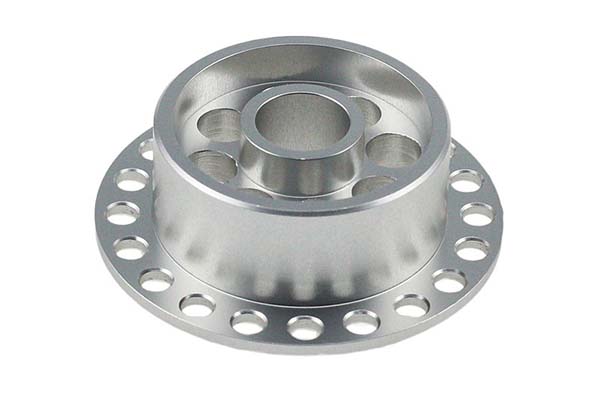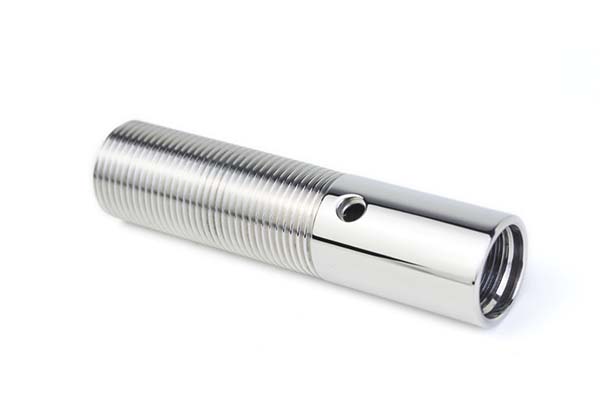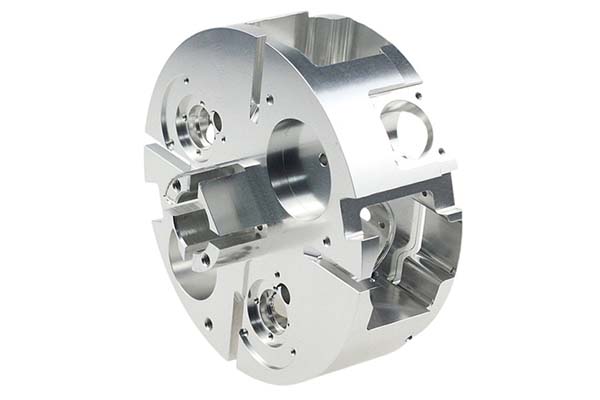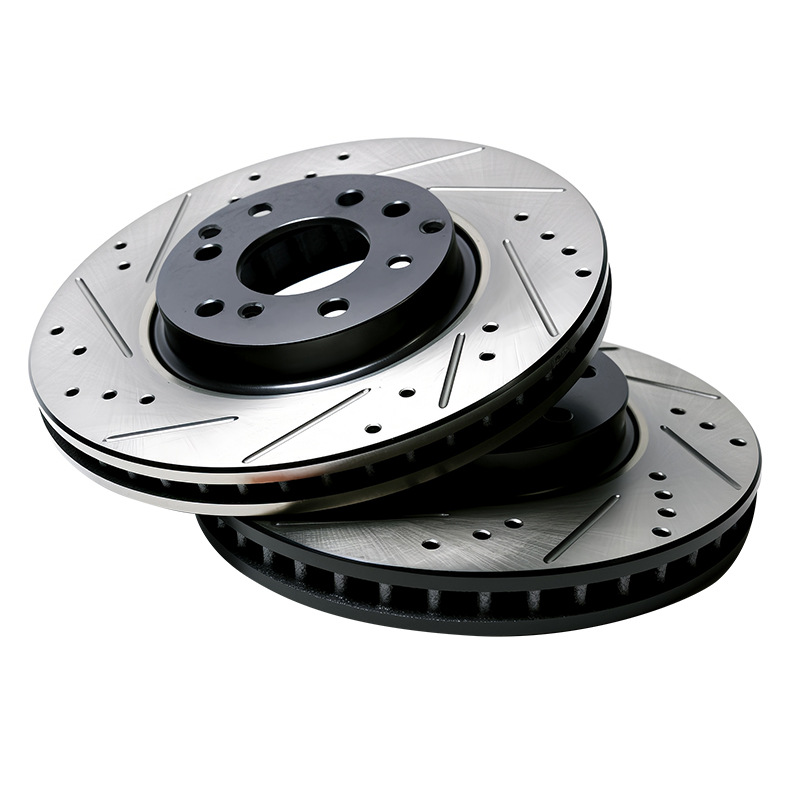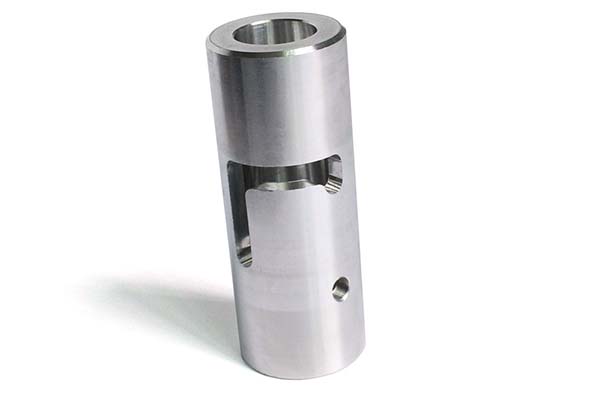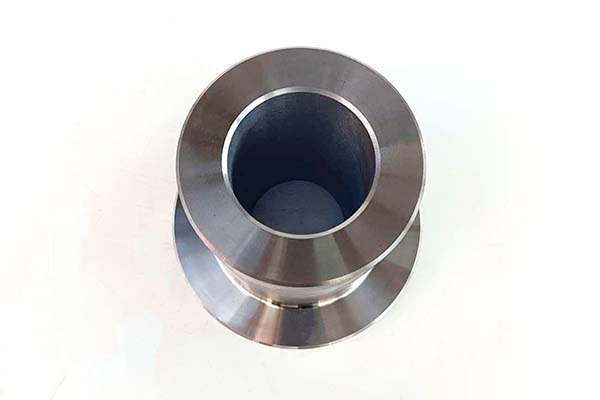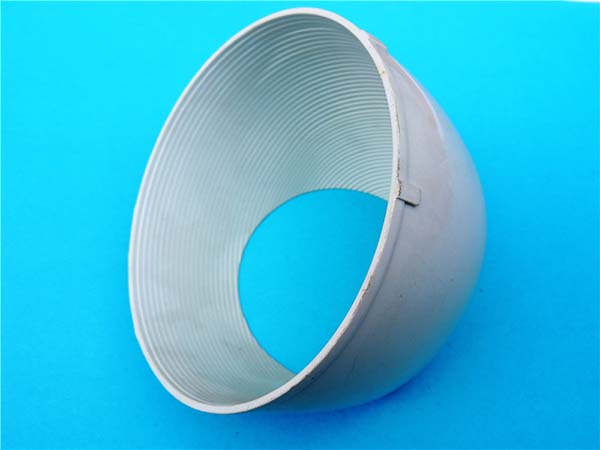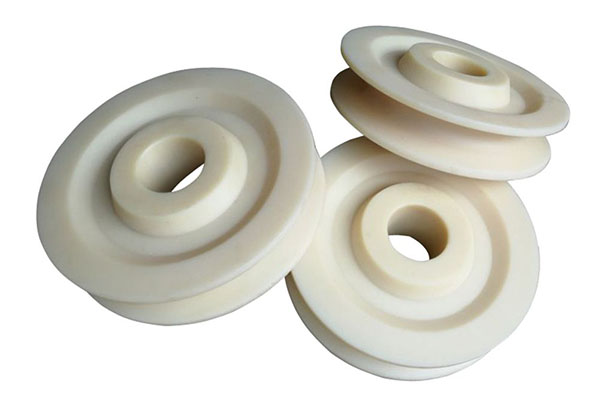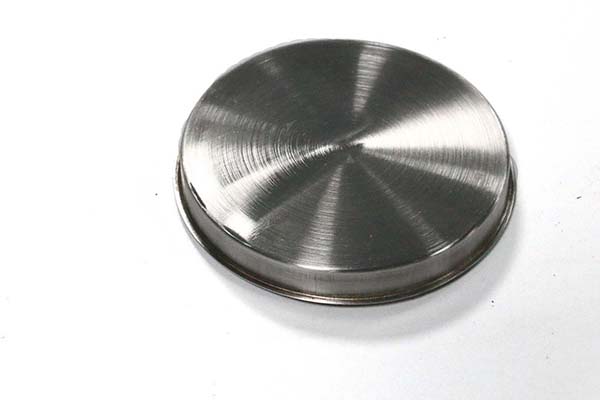Ti-10V-2Fe-3Al is a high-strength titanium alloy renowned for its exceptional mechanical performance and versatility in demanding applications. Its unique blend of vanadium, iron, and aluminum delivers a combination of strength, toughness, and fatigue resistance that makes it a top choice in aerospace and high-performance engineering. However, machining this alloy is no easy feat—its high strength and work-hardening tendency pose significant challenges. This guide explores the ins and outs of CNC machining Ti-10V-2Fe-3Al, providing valuable insights and solutions to ensure precision and efficiency.
Material Properties of Ti-10V-2Fe-3Al
Key Characteristics and Composition
The Ti-10V-2Fe-3Al composition is carefully formulated to achieve its impressive properties: 10% vanadium, 2% iron, 3% aluminum, and the remaining titanium. This creates a beta-rich titanium alloy with outstanding mechanical properties, including a tensile strength of 1100–1200 MPa and a yield strength of 1000 MPa—significantly higher than many other titanium grades. Its toughness is also remarkable, with excellent impact resistance even at low temperatures.
When it comes to corrosion resistance, Ti-10V-2Fe-3Al performs well in most environments, though it is slightly less resistant to severe oxidizing conditions compared to some alpha alloys. Its thermal conductivity is relatively low, around 8–10 W/m·K, which means heat generated during machining tends to concentrate at the cutting zone, increasing the risk of tool damage.
How Properties Affect Machinability
The high strength and hardness (38–42 HRC) of Ti-10V-2Fe-3Al make machining particularly challenging. It has a strong tendency to work harden, which can lead to increased cutting forces and accelerated tool wear. A comparative study found that machining Ti-10V-2Fe-3Al requires 30–40% higher cutting forces than machining Ti-6Al-4V (Grade 5). Additionally, its low thermal conductivity causes heat to build up at the tool-workpiece interface, which can soften the cutting tool and reduce its lifespan.
Machining Processes for Ti-10V-2Fe-3Al
Essential Operations and Parameters
CNC machining of Ti-10V-2Fe-3Al requires careful planning and precise control of cutting parameters. Each machining operation has its own set of requirements:
- Milling: Due to the alloy's high strength, milling requires lower cutting speeds and higher feed rates to minimize work hardening. Optimal cutting speeds range from 40–60 m/min, with feed rates of 0.05–0.1 mm/tooth. Using a high-pressure coolant system (70–100 bar) helps dissipate heat and flush away chips, reducing the risk of tool wear.
- Turning: Turning operations benefit from cutting speeds of 30–50 m/min and feed rates of 0.1–0.15 mm/rev. Maintaining a constant cutting speed and avoiding interrupted cuts is crucial to prevent work hardening and ensure a smooth surface finish.
- Drilling: Drilling Ti-10V-2Fe-3Al requires special attention to chip evacuation. Using drills with through-coolant holes and operating at speeds of 20–30 m/min with feed rates of 0.05–0.1 mm/rev helps prevent chip clogging and tool breakage.
A case study on machining aerospace components showed that following these parameters reduced tool wear by 25% and improved surface finish by 30% compared to using higher cutting speeds.
Overcoming Machining Challenges
To successfully machine Ti-10V-2Fe-3Al, several strategies can be employed. First, using sharp cutting tools and replacing them regularly helps minimize work hardening. Second, implementing a rigid machining setup reduces vibration, which can cause uneven cutting and poor surface quality. Third, employing adaptive control systems that adjust cutting parameters in real-time based on feedback from sensors can optimize the machining process and prevent tool damage.
Tool Selection for Machining Ti-10V-2Fe-3Al
Choosing the Right Cutting Tools
Selecting appropriate cutting tools is critical for machining Ti-10V-2Fe-3Al. Carbide inserts with advanced coatings are the preferred choice due to their high hardness and wear resistance. Coatings such as AlTiN or TiSiN provide excellent thermal stability and reduce friction, extending tool life. In testing, AlTiN-coated carbide inserts lasted 50% longer than uncoated inserts when machining Ti-10V-2Fe-3Al.
Tool materials must also be carefully considered. Fine-grained carbide grades with high cobalt content offer better toughness and resistance to chipping. For high-speed machining operations, cubic boron nitride (CBN) tools can be used, though they are more expensive.
Maximizing Tool Life
To maximize tool life when machining Ti-10V-2Fe-3Al, several practices are essential. Maintaining sharp cutting edges reduces cutting forces and heat generation. Using proper coolant delivery systems ensures that the tool and workpiece stay cool, preventing thermal damage. Additionally, optimizing cutting parameters to avoid excessive cutting forces and work hardening helps extend tool life. Regular inspection of tools for tool wear and replacing them before they become excessively worn is also crucial.
Surface Finish for Ti-10V-2Fe-3Al Parts
Achieving Desired Roughness and Quality
Surface roughness requirements for Ti-10V-2Fe-3Al parts vary depending on the application, but typically range from Ra 1.6–3.2 μm for structural components and Ra 0.8–1.6 μm for critical aerospace parts. Achieving these surface quality standards requires careful attention to machining parameters and tool selection.
Using sharp tools with proper geometry helps produce a smooth surface. For example, using end mills with a high helix angle (40–45 degrees) improves chip evacuation and reduces surface roughness. Implementing finish passes with lower feed rates and higher cutting speeds can also enhance surface quality.
Finishing Techniques
Several finishing techniques can be used to improve the surface finish of Ti-10V-2Fe-3Al parts:
- Grinding: Grinding with diamond abrasives is effective for achieving tight tolerances and smooth surfaces. It is often used as a final finishing step for critical components.
- Polishing: Polishing can reduce surface roughness to Ra 0.02–0.05 μm for applications where a high-gloss finish is required.
- Honing: Honing is used to improve the surface finish and dimensional accuracy of cylindrical parts, such as hydraulic cylinders.
A study comparing different finishing techniques found that grinding followed by polishing produced the best surface finish, with Ra values as low as 0.03 μm.
Applications of Ti-10V-2Fe-3Al
Key Industries and Uses
Aerospace components represent the largest application for Ti-10V-2Fe-3Al. Its high strength-to-weight ratio and excellent fatigue resistance make it ideal for critical parts such as landing gear components, wing attachments, and engine mounts. A major aircraft manufacturer reported that using Ti-10V-2Fe-3Al for landing gear components reduced weight by 20% while increasing service life by 30% compared to traditional steel components.
In automotive applications, Ti-10V-2Fe-3Al is used in high-performance racing components, such as suspension parts and drive shafts, where strength and light weight are crucial. Industrial parts such as high-pressure valves and hydraulic components also benefit from the alloy's strength and corrosion resistance.
While less common in medical devices compared to some other titanium alloys, Ti-10V-2Fe-3Al is used in certain orthopedic implants where high strength is required. In high-performance engineering, it is used in a variety of applications, including sports equipment and military hardware.
Performance in Real-World Scenarios
In aerospace, Ti-10V-2Fe-3Al landing gear components have demonstrated exceptional durability, withstanding millions of cycles of loading and unloading without failure. In automotive racing, the alloy's light weight and strength have contributed to improved vehicle performance, with reduced unsprung weight leading to better handling and acceleration. In industrial settings, Ti-10V-2Fe-3Al valves have shown excellent resistance to wear and corrosion, even in harsh operating conditions.
Yigu Technology's Perspective
At Yigu Technology, we have extensive experience in CNC machining Ti-10V-2Fe-3Al for various industries. We understand the challenges posed by this high-strength alloy and have developed specialized processes to ensure optimal results. Our approach includes using high-performance cutting tools with advanced coatings, optimizing cutting parameters for each operation, and implementing strict quality control measures. We also employ advanced finishing techniques to achieve the desired surface quality for each application. By combining technical expertise with state-of-the-art equipment, we deliver high-quality Ti-10V-2Fe-3Al components that meet the most demanding requirements of our customers in aerospace, automotive, and other high-performance industries.
FAQs
Q1: How does Ti-10V-2Fe-3Al compare to other titanium alloys in terms of strength?
A1: Ti-10V-2Fe-3Al is one of the strongest titanium alloys, with a tensile strength of 1100–1200 MPa, which is significantly higher than Ti-6Al-4V (Grade 5) with a tensile strength of 895–965 MPa. Its high strength makes it ideal for applications where maximum load-bearing capacity is required.
Q2: What are the main challenges when machining Ti-10V-2Fe-3Al?
A2: The main challenges include its high strength, which requires high cutting forces; its tendency to work harden, which can lead to increased tool wear; and its low thermal conductivity, which causes heat buildup at the cutting zone. These factors make tool selection and parameter optimization critical for successful machining.
Q3: What are the most common applications for Ti-10V-2Fe-3Al?
A3: Aerospace components such as landing gear and wing attachments are the most common applications. It is also used in automotive applications for high-performance racing parts, industrial parts like high-pressure valves, and some high-performance engineering applications where strength and toughness are essential.
